ILSOYADVISOR POST
Sudden Death Management Considerations for Soybeans
This year continues to challenge what soybean producers consider to be “normal.” I met with one grower recently who described the month of June as polarized. He stated that on his farm, he went from 5-inches behind on monthly rain fall to 5-inches over in a period of 10 days. If that wasn’t enough rain, then the 18 inches we received on our farm in July certainly was. Yes, you did just read “enough,” “rain,” and “July” in the same sentence.
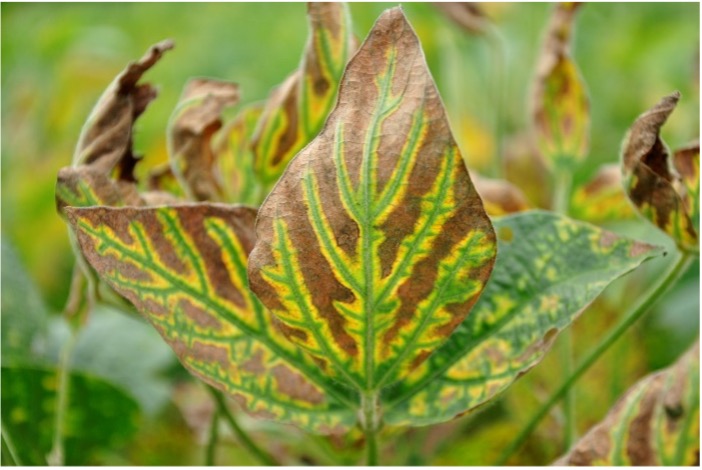
Photo: Sudden Death Syndrome Foliar Symptoms. Photo Credit - Crop Protection Network
I have been concerned about one pathogen since early April and the abundance of rainfall has done a great job setting the stage. Sudden Death Syndrome (SDS), also known as Fusarium virgulifome, is a devastating pathogen in Illinois that shows up when conditions are optimal. It attacks the seedlings shortly after planting and continues to develop throughout the season. Symptoms of the infection, however, will not show up until late in the season, and typically after a large rain at the end of July or in August. The volume of rainfall forces toxins through the vascular system of the soybean plant and into the foliage. Plant death typically occurs around 14 days later.
Oftentimes, producers only think about SDS after they see it. The challenge producers face is that options for SDS management are all proactive by nature, meaning there is no rescue treatment option for SDS.
Identification
Brown Stem Rot (BSR) and SDS share similar symptoms, disease progression, and favorable conditions. The best way I have found to distinguish between them, besides sending them to University of Illinois Plant Clinic, is to split the stem with a sharp knife.
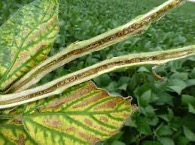
Photo: Brown Stem Rot. Photo Credit - Crop Protection Network
- BSR will have a very defined line of brown pith along the length of the split.
- SDS is suggested by the absence of the brown pith and pinching of the xylem and phloem at soil surface of the stem.
- SDS will also cause leaves to drop off of the petiole.
- BSR will drop the leaf and petiole off of the stem.
Managing SDS is difficult but not impossible. Many of the tools we have are meant to be a part of a larger program to manage this pathogen and again, are proactive. The tools supplement the management of SDS and do not serve any producer well as stand-alone solutions.
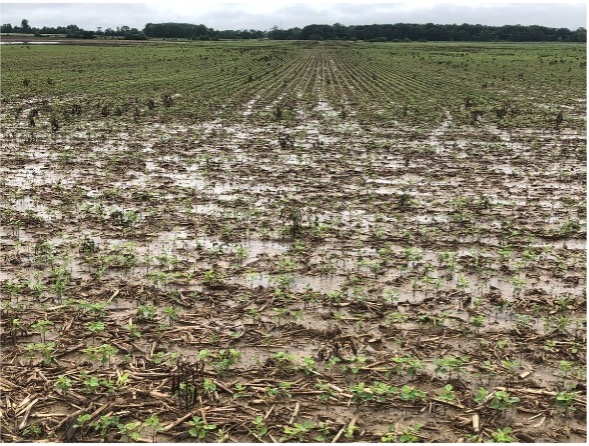
Photo: Karen Braun
Management Actions:
- Observations and Notes – SDS does not occur in every field and treatment for it does not budget well for every acre. Take notes and build a program specific for the fields with a history of SDS.
- Drainage – SDS prefers cool and wet field conditions. Surface and subsurface drainage will help to discourage infections by removing excess moisture.
- Residue Management – Iowa State University has documented that SDS populations will colonize and overwinter on both soybean and corn residue, especially corn kernels. Simple rotations will not always protect the next soybean crop as a result. Any destruction of overwintering sites on residue will help prevent future infections.
- Field Fitness – Earlier planting dates have become a widespread practice in pursuit of higher yielding soybeans. However, field fitness is still a factor with SDS. I prefer to think of early planting in terms of days past first field fit date as opposed to a calendar date for this reason.
- Varietal Tolerances and Resistance Ratings
- Seed “UP” Treatment – Investing in SDS treatments pays very well in fields with high pressure history. Again, this will not be true for every field. Additional treatment of Saltro or Illevo can add up to $20 per 140K unit in some cases and become cost prohibitive. For this reason, I only encourage adding these products to specific fields and not the whole farm.
- Soybean Cyst Nematode (SCN) Populations – There is a high correlation between SCN and SDS severity although the exact reason has not yet been discovered. The correlation is strong enough to suggest that managing SCN will help with SDS. Crop rotation, Non-PI 88788 Resistance Traits and weed management (Henbit, Marestail, etc.) all serve well to manage SCN. Nematicides such as Aveo are also available. SCN is a much more common issue than SDS. I would prioritize investing in farm-wide nematicide treatment use ahead of SDS products.
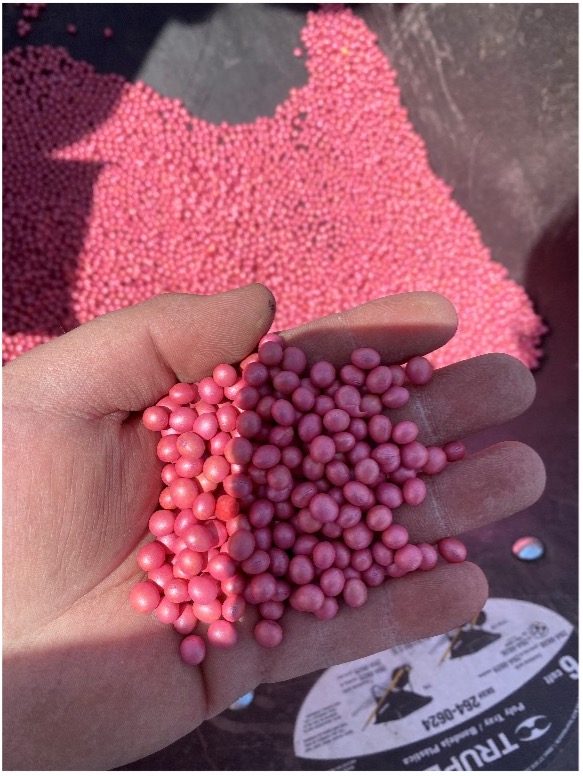
The most important step that producers can take today is scout and record observations. Take note of any areas with prolonged saturation or poor drainage from this past spring and note locations where premature defoliation is occurring. Those observations will be useful the next time soybeans are planted on these acres and when having seed order conversations with seed representatives. That alone will help everyone’s efforts be at their most profitable levels.
Farm Well!
Sources:
http://ipm.illinois.edu/diseases/series500/rpd512/#management 7/21/2021
Phil Krieg: Syngenta Agronomy Service Representative Interview 7/22/2021
Dair McDuffee: Valent Seed Treatment Interview 7/22/2021

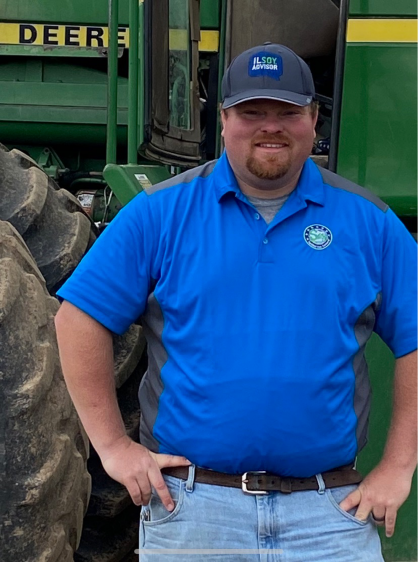



Comments
Add new comment